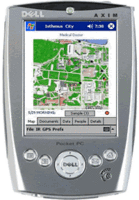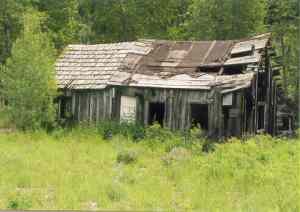Frank Lloyd Wright/Organic Architecture
The belief that architecture was a product of both its place and time was the cornerstone of Frank Lloyd Wright's method of design. He believed firmly in the idea that architecture was a union between the structure and its context. Organic Architecture grows out of these ideas and takes center stage in the building you are now standing.
While the Monona Terrace is not the only building of Wright's in Madison, it is definitely his most prominent and problematic. Designed orginally to serve a multitude of functions, the building was completed almost forty years after the architect's death . Suffering though several setbacks, it was only through Wright's dedication and the desire of others that Madison would have a masterpiece of one of its most prominent citizens.
"Organic buildings are the strength and lightness of the spiders' spinning, buildings qualified by light, bred by native character to environment, married to the ground."
Site - Monona Terrace
Challenge - Show us a model of Organic Architecture
Media - photos










